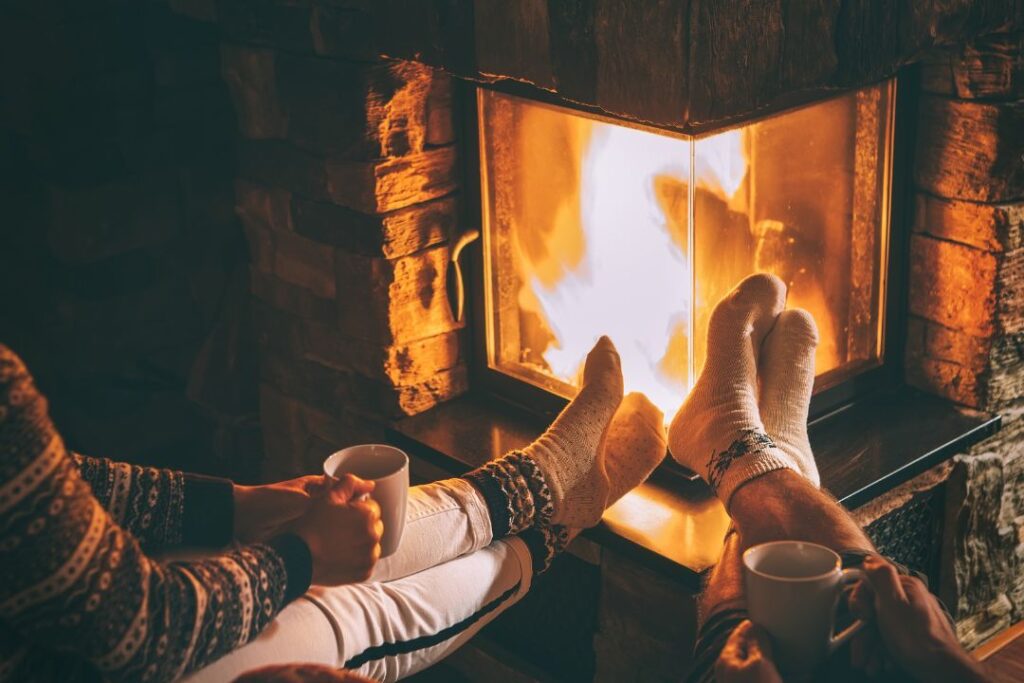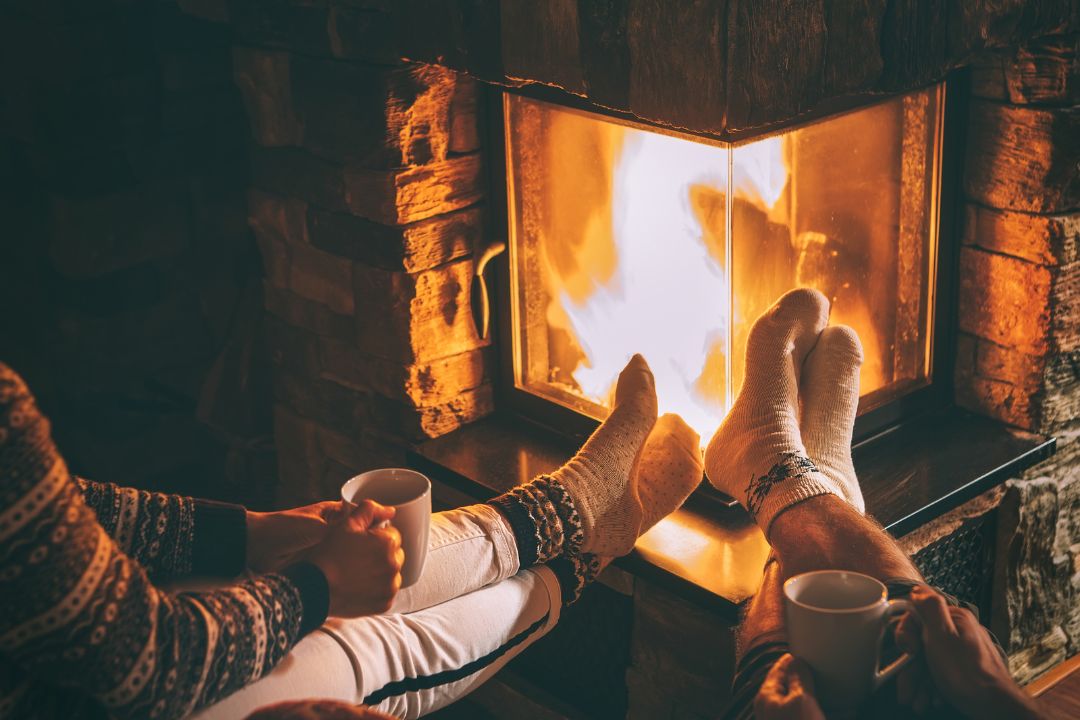How Cooler Weather Impacts Varicose Veins | GJ Vein Center
 How Cooler Weather Impacts Varicose Veins
How Cooler Weather Impacts Varicose Veins
As the seasons change and temperatures drop, many people notice shifts in their health, including symptoms related to varicose veins. Cooler weather can have both positive and negative effects on vein health. While the reduction in heat can alleviate some symptoms, the shift to a more sedentary lifestyle during the colder months can lead to challenges. Understanding how cooler weather impacts varicose veins can help you manage your symptoms and maintain healthy circulation throughout Fall and Winter.
Here’s a closer look at how the colder months affect your veins, along with practical tips to keep them healthy.
1. Cooler Weather Can Reduce Inflammation and Swelling
One of the benefits of cooler weather is the natural reduction in swelling and inflammation. During the summer, heat causes blood vessels to expand, making it harder for blood to flow efficiently back to the heart. This often leads to increased swelling in the legs, ankles, and feet, especially in individuals with varicose veins. Cooler temperatures cause blood vessels to constrict, which can alleviate some of the swelling and discomfort associated with varicose veins.
Tip: Take advantage of the cooler weather by incorporating more outdoor activities, such as walking, into your daily routine. The lower temperatures make it easier to exercise without overheating, and regular movement can improve circulation and reduce vein-related symptoms.
2. Maintaining Activity is Essential to Improve Circulation
While cooler weather may reduce inflammation, it’s important not to fall into the trap of becoming sedentary as the temperatures drop. Physical activity is essential for promoting healthy circulation and preventing blood from pooling in your veins, which can worsen varicose vein symptoms. Colder months often lead to more time spent indoors, and long periods of sitting can increase pressure in the veins, leading to discomfort and swelling.
Tip: Aim to incorporate light exercise into your daily routine, even if you’re staying indoors. Simple activities like walking around the house, doing light stretches, or using a stationary bike can make a significant difference in keeping blood flowing and preventing varicose veins from flaring up.
3. Preventing Varicose Vein Flare-Ups in Cold Weather
The colder months can sometimes cause your varicose veins to feel worse, especially if you’re not staying active or sitting for extended periods. For those who already suffer from varicose veins, it’s important to take proactive steps to manage symptoms and prevent flare-ups as temperatures drop.
Tip: Here are a few ways to reduce the likelihood of varicose vein flare-ups during the colder months:
- Wear Compression Stockings: Compression stockings can help improve circulation and reduce swelling. The cooler weather makes them more comfortable to wear throughout the day.
- Take Short Breaks: If you have a job that requires prolonged sitting or standing, make sure to take short breaks to move around. Elevate your legs for a few minutes every hour to reduce pressure on your veins.
- Stay Warm, But Not Too Hot: Keep your body warm, but avoid excessive heat from hot baths or heating pads, as this can cause veins to dilate and worsen symptoms.
4. Beware of Indoor Habits: How Prolonged Sitting Affects Veins
As the weather cools, it’s natural to want to stay indoors and get cozy. However, prolonged sitting, whether at home or at the office, can be detrimental to your vein health. When you sit for long periods, blood tends to pool in the veins of the legs, increasing pressure and leading to swelling, pain, or worsening varicose veins.
Tip: Make an effort to move throughout the day, even when you’re indoors. Stand up and walk around every 30 minutes if you’re sitting for long periods. Use a footrest or elevate your legs when sitting to promote better blood flow and reduce pressure on your veins.
Take Control of Your Vein Health This Fall
While cooler weather can offer some relief for varicose vein symptoms, it’s important to stay active and avoid the pitfalls of a sedentary lifestyle. Incorporating light exercise, wearing compression stockings, and making sure to elevate your legs regularly can all help reduce discomfort and improve circulation during the colder months.
If you’re noticing worsening symptoms or new discomfort as the temperatures drop, don’t wait to seek help. Contact GJ Vein Center today to schedule a consultation and learn about treatment options to keep your veins healthy all year long.
By understanding how cooler weather impacts varicose veins and taking proactive steps to prevent flare-ups, you can manage your vein health more effectively through Fall and Winter.






